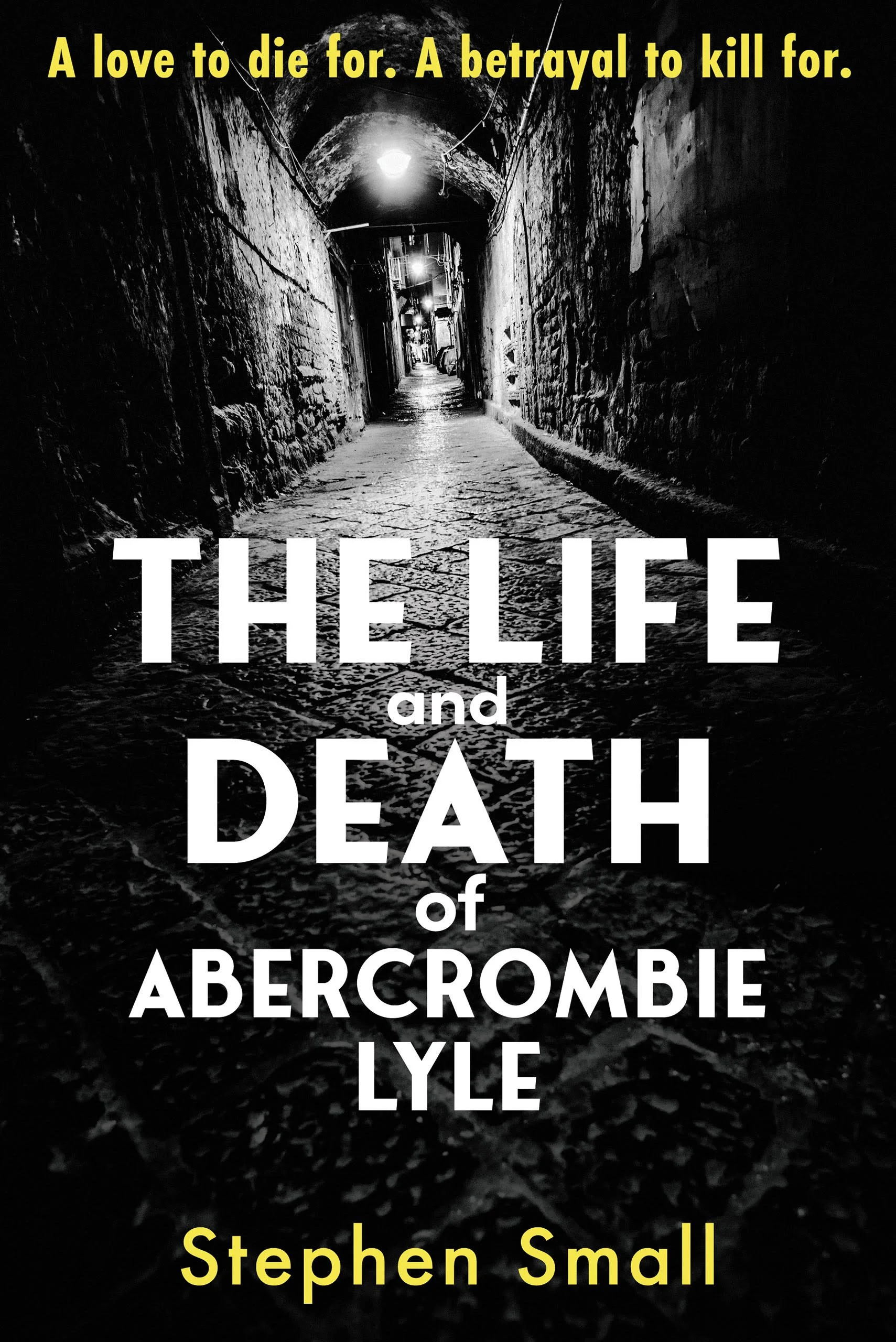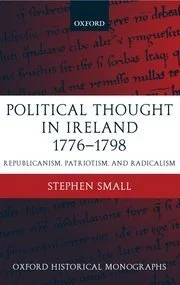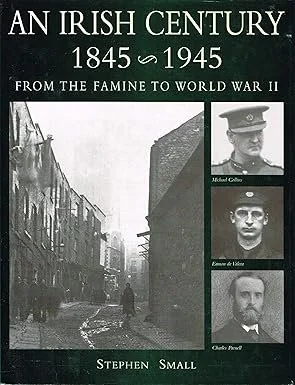A love to die for. A betrayal to kill for.
THE LIFE AND DEATH OF ABERCROMBIE LYLE is a story of love, power, and betrayal set in fascist Italy with an alternative history twist – the Axis powers win WWII.
Traumatized Great War veteran Abercrombie finds friendship and solace in turbulent post-war Milan with charismatic socialist journalist Brio and his beautiful wife Carla. But when Brio accepts a job from Mussolini, he throws Carla into Abercrombie’s arms and lights a twenty-year fuse of deceit and revenge.
Many years later, in the dark labyrinth of Naples’ centro storico, one of them must find the missing pages of a mysterious book that predicts their future – and one of them must die – before the past can be confronted and a new future is forged.
The Life and Death of Abercrombie Lyle
What readers said . . .
‘An incredibly beautiful and captivating story, one that completely drew me in from beginning to end. The narrative was rich with emotional depth, compelling plot twists, and well-crafted surprises that kept me engaged throughout. The characters’ journeys were powerfully written, full of nuance and transformation, and I found myself deeply invested in their fates. The writing itself was elegant and evocative, making the entire story feel immersive and unforgettable. It’s a masterfully told tale of love, loss, and redemption.’ (Rachel N)
‘This story had everything! Romance, adventure, intrigue and a satisfying ending. I was pulled into the narrative immediately and could not wait to see what was going to happen . . . Overall excellent pacing and readability. I really enjoyed this book and will likely read it again.’ (Nicole C)
‘It was an incredibly emotional, well-written, and intriguing read. The story had characters we could relate to and feel for. I was incredibly engrossed in the plot and could not wait to know what would happen in the end. I loved the different viewpoints, and style of writing.’ (Miranda S)
‘I loved this book. You know from the moment Abercrombie plucks the book from the fire that there is something strange going on. You are kept guessing all along at what the real purpose of the book is until suddenly, the pieces start to fall into place.’ (Wendy T)
‘Honestly, I absolutely loved this story! Abercrombie’s experiences in Italy were so extreme and tugged at the heart strings with his heart breaking separation from Carla and the breakdown of his friendship with Brio. I was utterly invested to get to the end of the story in the hope it would be a happy one. . . . I felt completely swept up in Abercrombie’s world throughout.’ (Bethan B)
The first comprehensive analysis of late eighteenth-century Irish patriot thought and its development into 1790s radical republicanism.
The book is a history of the rich political ideas and languages that emerged from the tumultuous events and colourful individuals of this pivotal period in Irish history.
Political Thought in Ireland 1776-1798: Republicanism, Patriotism, and Radicalism
Reviews
‘A work that greatly enhances and expands understanding of eighteenth-century Irish patriotism and, to a lesser degree, of the origins of Irish republicanism. It is an impressive first book.’ - History of Political Thought
‘What makes Stephen Small's book particularly welcome is his concentration on political arguments and his attempt to trace the ideas of the 1790s back to the age of the American Revolution . . . The range of sources consulted, deployed and extensively quoted tells us much that we did not previously know.’ - English Historical Review
‘As a sustained effort to engage with discourse 'in its own right' it marks a significant advance in the study of late eighteenth-century Ireland.’ - History
‘Insights are peppered throughout the book, along with excellent descriptions of individual pamphlets or pamphleteers. There is also much to admire in Dr Small's knowledge of the printed sources . . . Dr Small's book is an indispensable addition to this discussion ... essential reading for anyone interested in late eighteenth-century Ireland.’ - Eighteenth-Century Ireland
‘An insightful, extremely careful and extraordinarily balanced study of one of the most crucial events in early modern Irish history.’ - Journal of the Oxford University History Society
An Irish Century 1845-1945: From the Famine to World War II
An Irish Century 1845-1945 addresses the political issues that made the century so crucial in Irish history, but it also captures the flavour of Irish life through remarkable photographs of everyday scenes of ordinary people at work and at play.
Using material from collections held by the National Library of Ireland and Bord Fáilte, An Irish Century 1845-1945 presents a contemporary view of the events, the lifestyle and the country.
Reviews
‘Fabulous 192-page hardcover volume, loaded with contemporary and vintage B&W photos throughout. Here is Ireland, from 1845 to 1945. Splendid history presented by a university lecturer. One of the better chronologies seen, dates provided in detail, in reference to political Ireland, the people of Ireland who have contributed to arts and literature, and the significant dates from 1912 onward, leading to revolution. This is flat-out one of the better books of its kind done on this country.’ - Goodreads
‘Stephen Small has compiled a comprehensive study of an era of great change and has written in a way which is easy to assimilate without being superficial.
Following an introductory chapter to set the century in context, the next two chapters detail the history of Ireland from the Famine to the time of Parnell, and from the struggle for independence up to the time of World War II. The author breaks each section into groups of paragraphs under a relevant title so that, for example, the opposing sides at the turn of the century are dealt with under “Parliamentary Nationalism”, “Cultural Nationalism”, “Constructive Unionism” and “Unionism and Orangeism”.
Thereafter he concentrates on various aspects of our history, including The United States connection, religion, working life in Ireland, and arts and literature. Helping to make this volume accessible are the large number of high quality contemporary illustrations, both drawings and photographs, and these are particularly good in the “Working Life” section. The author concludes his work with three separate chronologies which serve to put in context all that has been covered.
“An Irish Century” is an admirable introduction to this period in Ireland’s history, while at the same time those with some understanding of the subject will find much detail to supplement their knowledge.’ – Irish Emigrant Book Review



